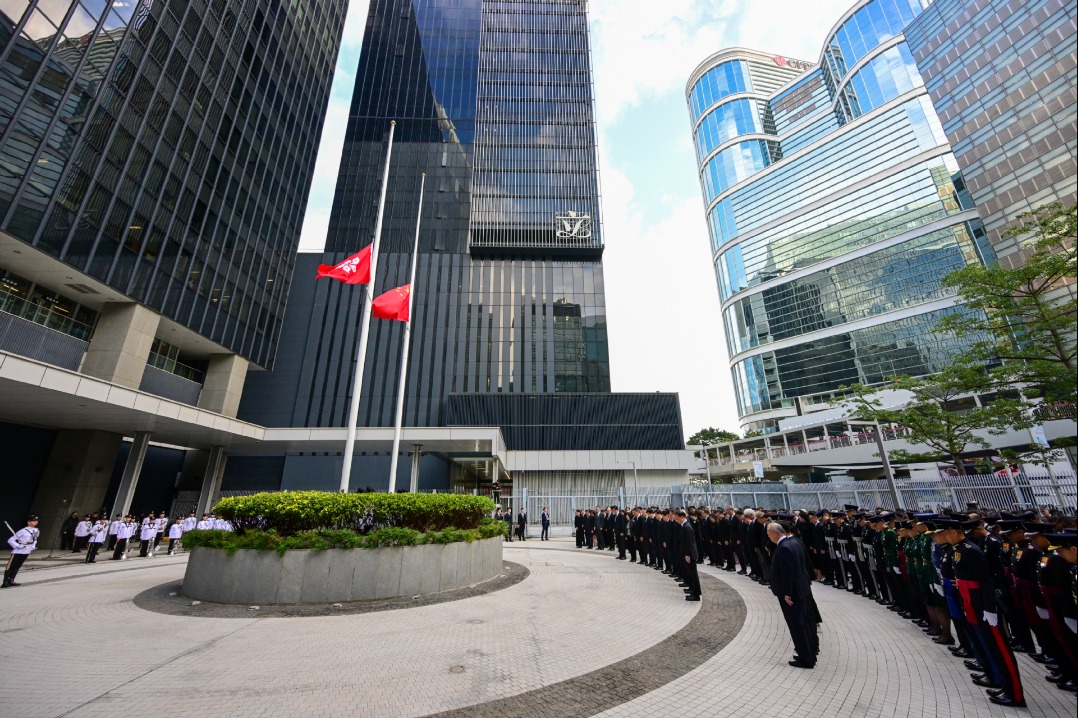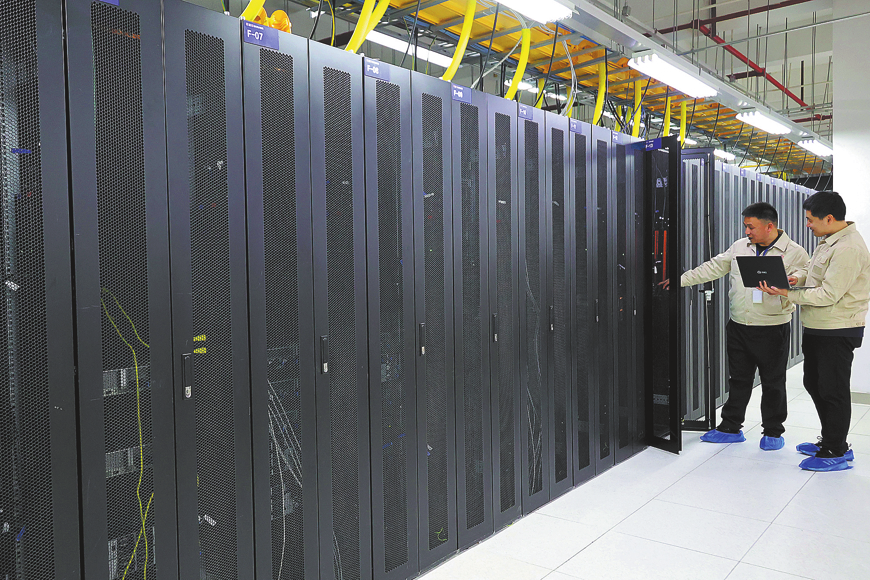China needs a culture of innovation

Quantity and the cult of hierarchy need to give way to quality and the quest for truth
There are several tools by which we can measure the level of innovation in a country. In China there is often a focus on numbers of patents, university graduates and scientific papers.
The authorities have set quantitative targets for patents as a measure of innovation, and the number granted has subsequently increased. However, a recent European Chamber of Commerce in China paper has shown that the number of invention patents, which represent innovative advances, is substantially lower than the number of utility patents, which represent incremental adjustments. Moreover, there are a worrying number of malicious patent grants that appear to be aimed at litigation gains. There is also a higher proportion of foreign to domestic patent filings than elsewhere.
Subsidizing domestic entities to file patents does not encourage quality but quantity. China's emphasis on patent quantity targets can have the effect of undermining the development of patent culture. Five year plans and numerical targets can damage the flowering of innovation in society.
Official attention has turned to scientific papers. It is felt that China must produce more research papers. The difficulty here yet again is that this policy encourages the publication of lower quality work. In 2012, China produced the world's second largest number of research papers, but 18 of the world's top 20 paper-publishing countries had their papers more frequently cited than China's.
China is now the largest car market in the world. We might expect this to allow domestic industry to demonstrate a gathering innovation. However, domestic brand passenger cars have steadily lost market share for some years. By early this year, they were down to 23 per cent. China doesn't have one globally competitive auto brand. No Chinese car has yet been certified for sale in the United States. A partner in the US consultancy Booz and Co said in April that "the industrial policy of trying to build up a capable, competent, world-class Chinese automotive industry has been in place for decades and it has essentially failed."
Ethnic Chinese scientists have been successful at winning Nobel prizes and also the Asian-based Shaw Prize for science. However, only one scientist has ever won such a prize when pursuing his graduate work and career in post-1949 China. This suggests that there is nothing wrong with ethnic Chinese scientists but that there are institutional constraints within Chinese science that need attention.
However, Ministry of Science and technology data show that foreign-invested firms create 83 percent of high-tech exports.
China has undoubtedly increased its innovation recently. There are advances in supercomputers, in genome work and in 3-D printing. But the world is not a static place. The World Economic Forum rated China in 2010 as the 26th most innovative country in the world. By this year its ranking had fallen to 32nd.
Gunpowder, the use of the compass for navigation, and movable-type printing were all innovations under the Song Dynasty (960-1279), which was one of China's weakest historical periods. Soldiers then were tattooed so they would not flee and the Song paid tribute to neighboring non-Han regimes: the Jin, ancestors of the Manchu, and the Tangut, who were Tibetan. The lesson here may be that a weaker state might allow civil society and civilization to flourish.
The late Qian Xuesen, one of China's top scientists, told former premier Wen Jiabao that a major issue retarding science and technology was that "the country's universities were unable to produce innovative scientific and technical personnel". Many universities have been built during one recent eight-year period, one every three days. However, it is frequently remarked that graduates often fail to exhibit those characteristics employers require. This contributes to shockingly high graduate unemployment.
The gaokao, or university entrance examination, encourages rote learning, not critical thinking. It has been criticized for filtering out the people with the highest analytical intelligence. Many parents reluctantly prefer maintaining the gaokao on the basis that it is at least objective, whereas a move to a more critical-thinking driven process might allow the children of some officials to circumvent the system.
Problems in the scientific culture include excessive deference to age and seniority and a pervasive culture of plagiarism where little criticism is made of wholesale copying of passages from other scientists.
Building innovation in China requires a radical reform of education, encouraging creativity and critical thinking. It is less a funding issue and more one of creating an environment. The academic community needs to firmly censure plagiarism amongst both professors and students. The cult of hierarchy in science needs to be replaced by a desire for truth. Quality must be recognized as more important than quantity. The priorities are a vibrant civil society and the cultivation of critical thought. We need China to become more innovative, and there is no reason whatsoever why China cannot develop a more substantial innovative culture.
Timothy Beardson is chairman of China-outlook.net and author of "Stumbling Giant: The Threats to China's Future" (Yale 2013), due to be published in Beijing in October.
(China Daily European Weekly 06/27/2014 page9)
Today's Top News
- Takaichi must stop rubbing salt in wounds, retract Taiwan remarks
- Millions vie for civil service jobs
- Chinese landmark trade corridor handles over 5m TEUs
- China holds first national civil service exam since raising eligibility age cap
- Xi's article on CPC self-reform to be published
- Xi stresses improving long-term mechanisms for cyberspace governance






























